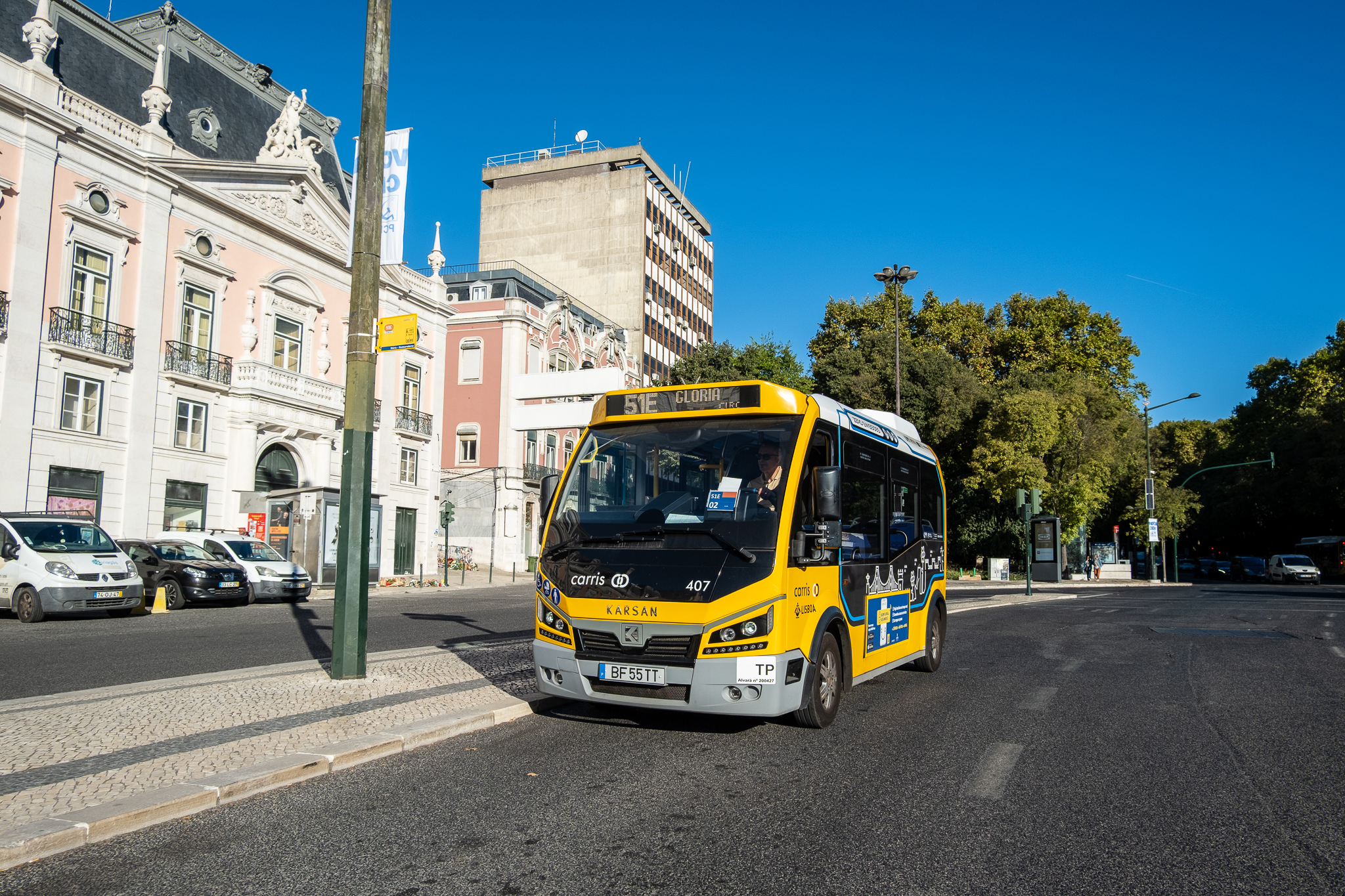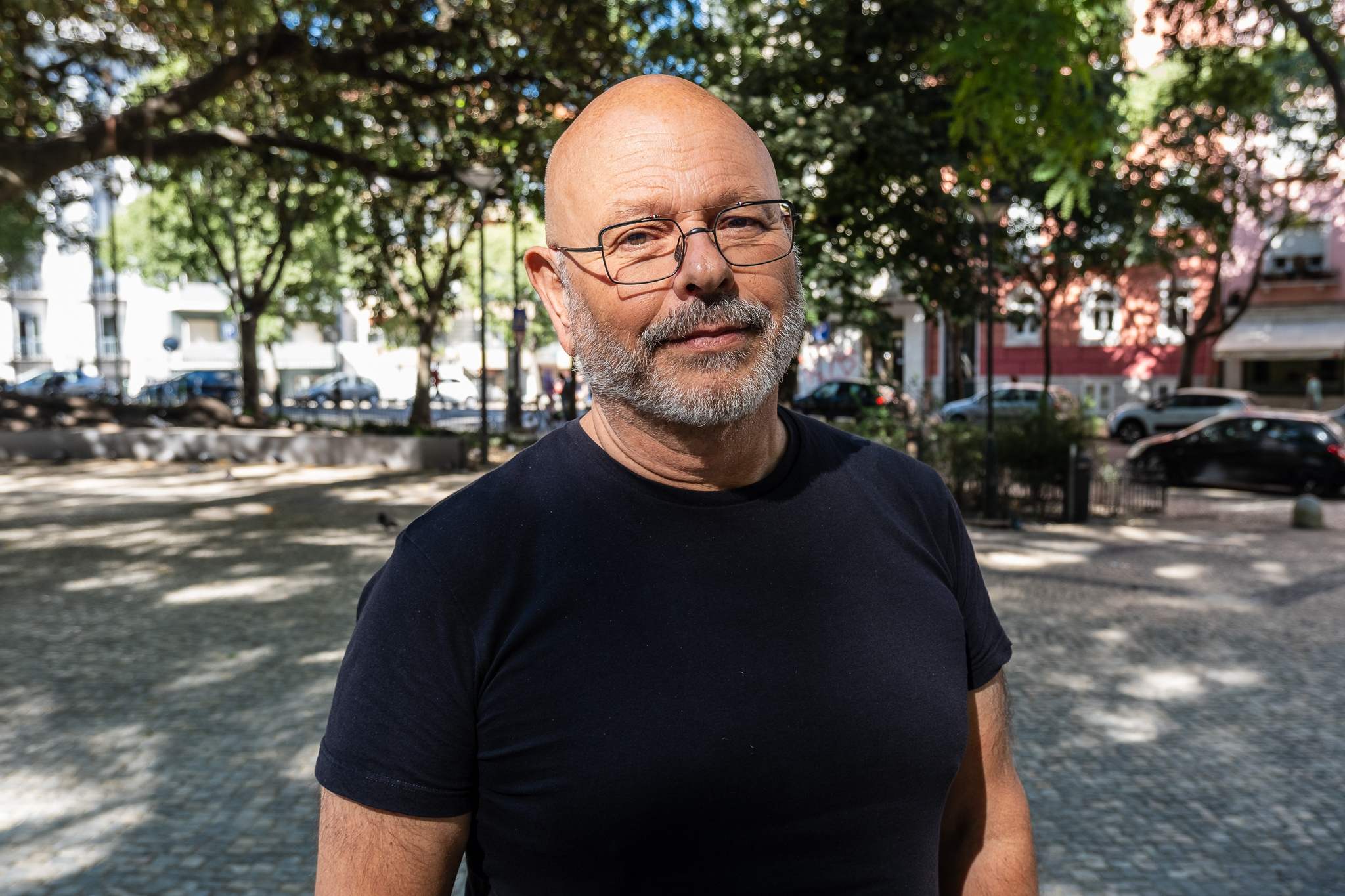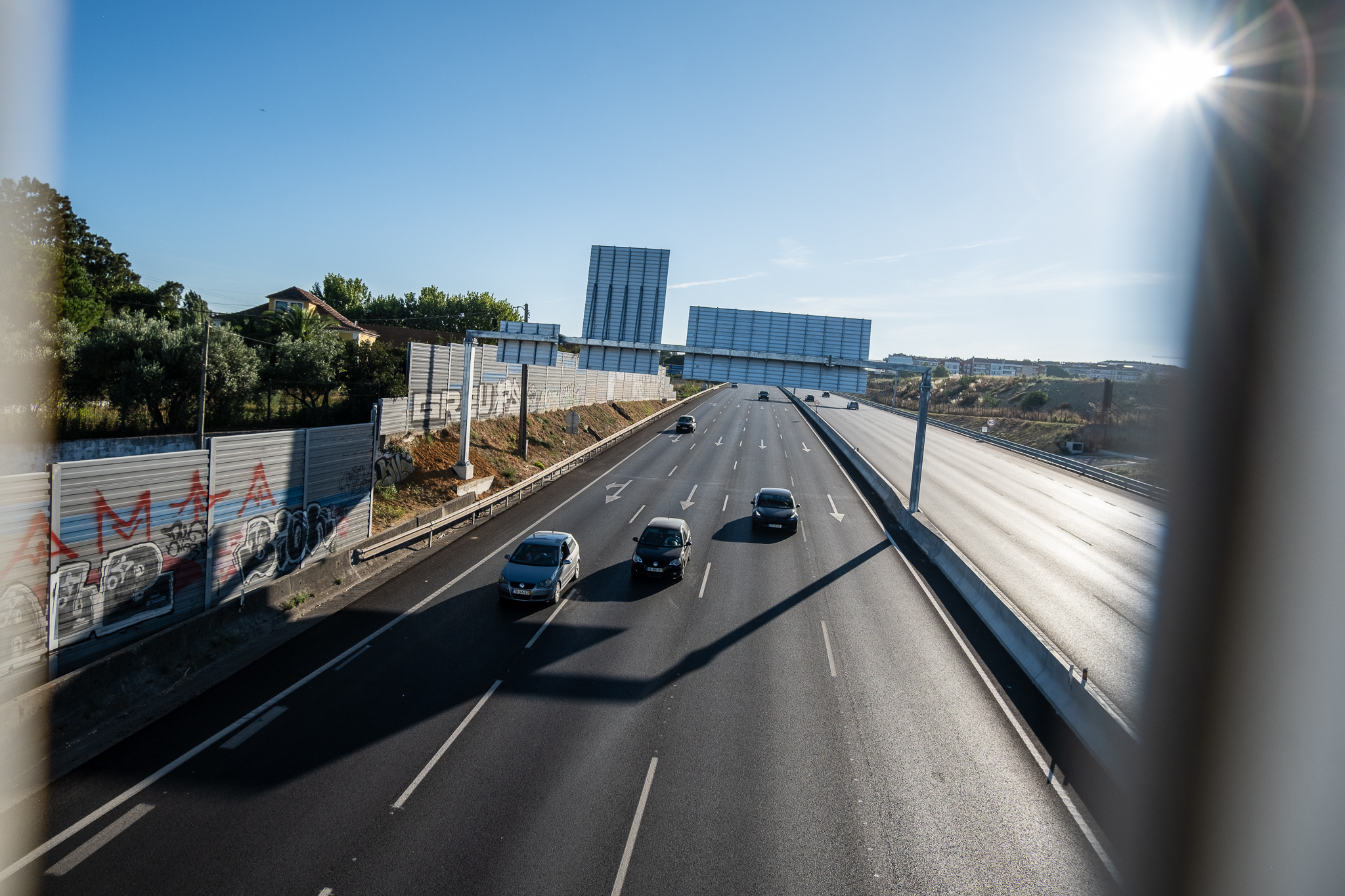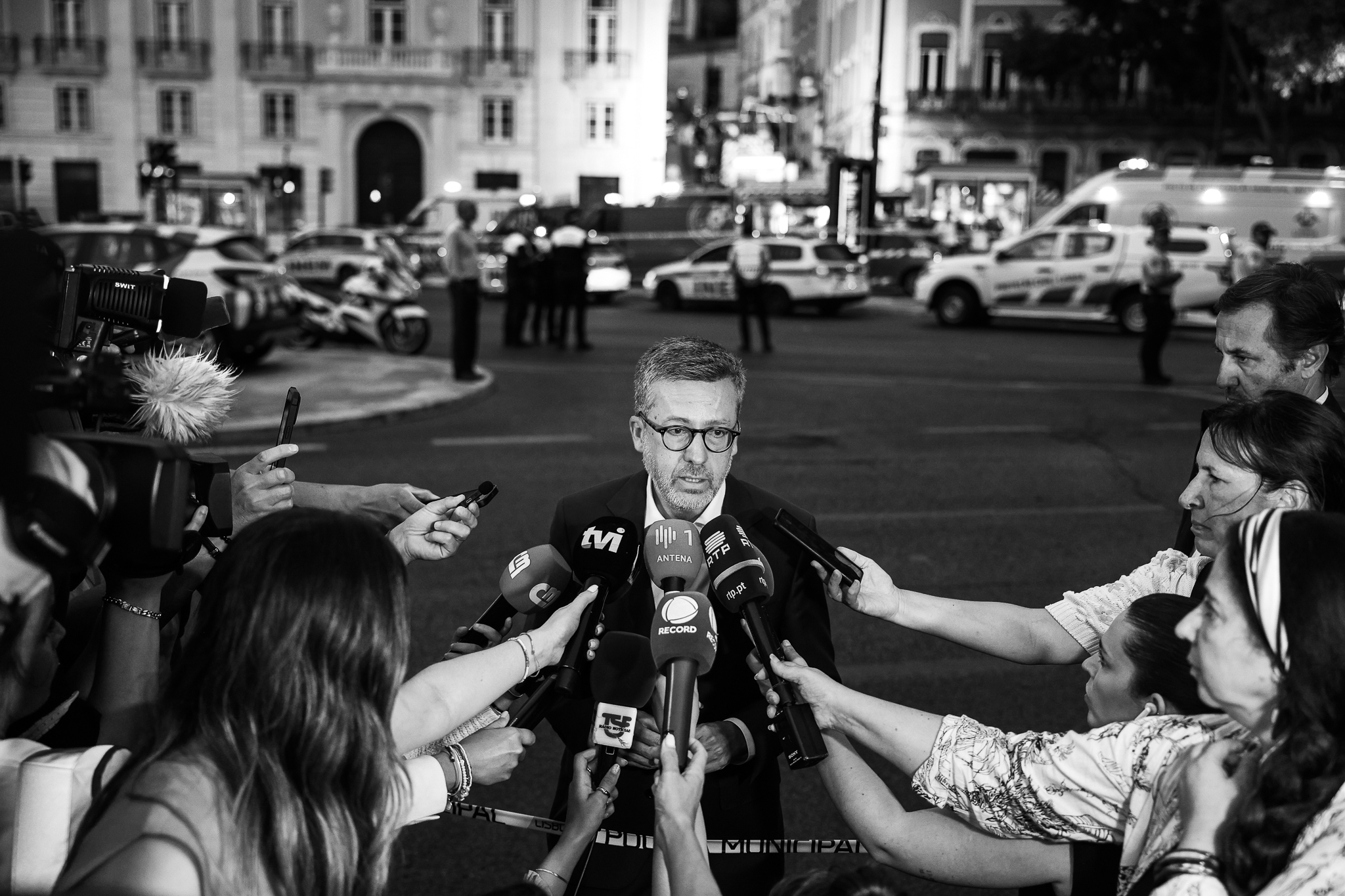The National Strategy for Active Pedestrian Mobility proposes to increase the modal share of pedestrian trips to 35% by 2030 and presents several measures. However, without financial means, this and other objectives may be compromised.
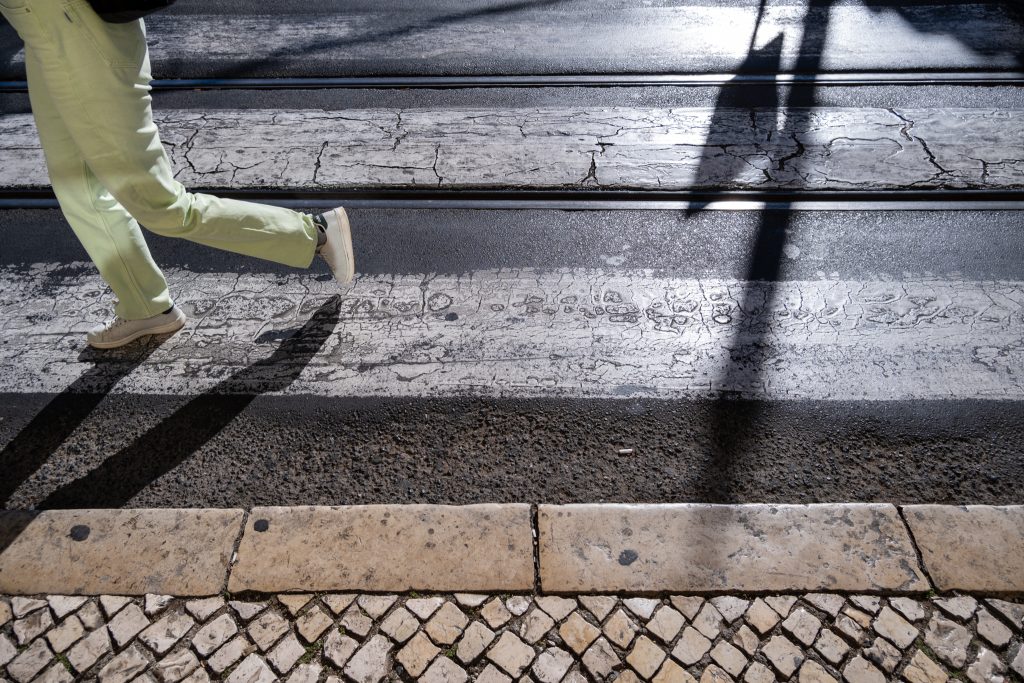
The final version of the following was published in Diário da República National Strategy for Active Pedestrian Mobility 2030 - a document which sets out the country's strategy for, by 2030, increase the modal share of walking to 35%, increase pedestrian space accessible to all by 50%, and decrease sedentary lifestyles by 15%.
Increasing walking, transforming public space to be accessible to all and promoting less sedentary lifestyles are the three main objectives of the strategy now published, which aims to make Portugal more accessible to all. "a country where walking is an attractive and safe everyday mobility option".
| Target | Current | 2026 | 2030 |
|---|---|---|---|
| Pedestrian modal share | 15.7% (INE, 2021) | 25% | 35% |
| Making pedestrian space accessible to all | ? [*] | Increase in 30% | Increase in 50% |
| Reducing sedentary lifestyles | 46.4% (DGS, 2020) [**] | Decrease in 10% | Decrease in 15% |
"Walking is the most obvious act that mankind practices to move around, but it is not always an attractive or possible option due to, among others, urban and architectural barriers, the feeling of road insecurity and the absence of night lighting, which discourages the most democratic act of mobility of people: walking".The document (which you can read in full below) states. "The pedestrian should become the central element in the definition of public policies, contributing to the inversion of the mobility pyramid, positioning the act of walking and commuting (in the case of citizens with motor disabilities) at the top, as a condition of universal access."
The strategy proposes several measures, such as:
- the creation of coherent pedestrian networks in urban centers, incorporating sidewalks, squares and pedestrian or coexistence streets, in a continuous, safe and comfortable way, free of architectural and urban barriers, accompanied by measures to mitigate temperatures and urban space, including furniture that promotes stay and rest mainly for children and the elderly;
- the implementation of traffic calming measures that highlight the public road not only as a space dedicated to the function of road circulation, but also as a space for enjoyment and coexistence;
- the development of a public space design manual, which could be adopted by municipalities and form an integral part of municipal regulations in the field of urbanization/building;
- the increase of pedestrian-only areas in historic centers, served by public transport and with adequate parking in the surroundings;
- the creation of school pedestrian mobility programs, such as "pedestrian trains" e car-free school streetsand stimulating academic research on pedestrian mobility;
- the promotion of footpaths and rural trails for leisure and tourism purposes, as well as the reinforcement of urban green and blue spaces;
- specific training of municipal technicians, urban planners and health professionals to promote walking, and communication campaigns to promote walking;
- monitoring of the use of public space and occupation of sidewalks by cars;
- linking walking with public transport systems, with safe, convenient, self-contained and accessible boarding and alighting areas;
- the possibility of partially transferring taxes collected from the purchase and circulation of motor vehicles to the promotion of active mobility, and the creation of tax incentives for those who travel on foot.
A National Strategy for Active Pedestrian Mobility (ENMAP) 2030 went through a public consultation processThe event was held in Lisbon, where citizens, associations and other entities were able to present their contributions. One of the participants was Mário Alves, Secretary General of the International Federation of Pedestrians and President of the Estrada Viva movement; heard by Público, the pedestrian mobility expert said that not all European countries are concerned with designing a pedestrian mobility strategy, but that it is important to have human resources and money for implementation.
Indeed, the strategy document now published sets out the vision, targets and measures, but does not quantify or specify the funding needed to implement them. It only says that the strategy should be delivered "through an adequate and increasing provision of financial, technical and human resources" and also from state, municipal and inter-municipal budgets, as well as from EU funds. In other words, the realization of National Strategy for Active Pedestrian Mobility 2030 will depend not only on the Central Administration, but also on the individual municipalities and their respective Intermunicipal Communities/Metropolitan Areas.
"International practices show that the value invested in the effective promotion of pedestrian mobility has a return on all the multiple factors with which it interferes such as public health, economy and employment, tourism, environment, quality of social interaction and sense of security"., is acknowledged in the document.
The publication of the National Strategy for Active Pedestrian Mobility 2030 The publication in the Diário da República comes a month after it was approved by the Council of Ministers (on June 1st). A ENMAP will be managed by a working group with a coordinator and two members, with the possibility of admitting a third member if necessary, which has one million euros to manage throughout this year. This group, which is integrated in the IMT - Institute of Mobility and Transport, is the same that is already working on the National Strategy for Cycling Mobility (ENMAC) 2020-2030The two strategies (pedestrian and cycle) should be integrated into a single document by the end of this year.


